The Week in Meep: A Walk in a Garden, The Pale Horse, and Mortality Revisited
No cherry blossoms in the rain
Yesterday was opening day… at the Hammond Museum and Japanese Stroll Garden
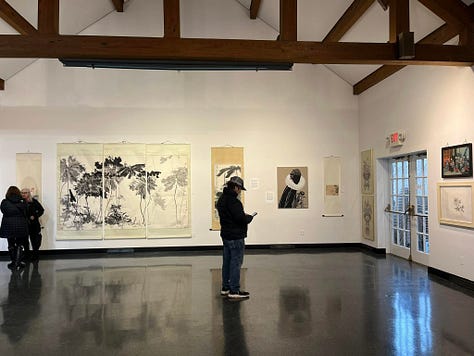
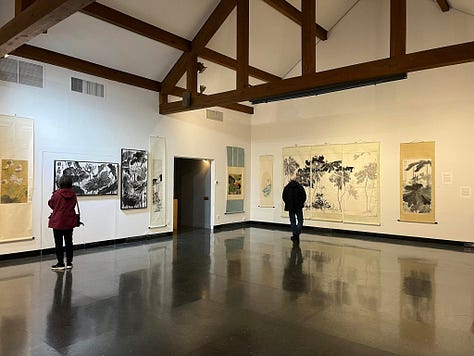

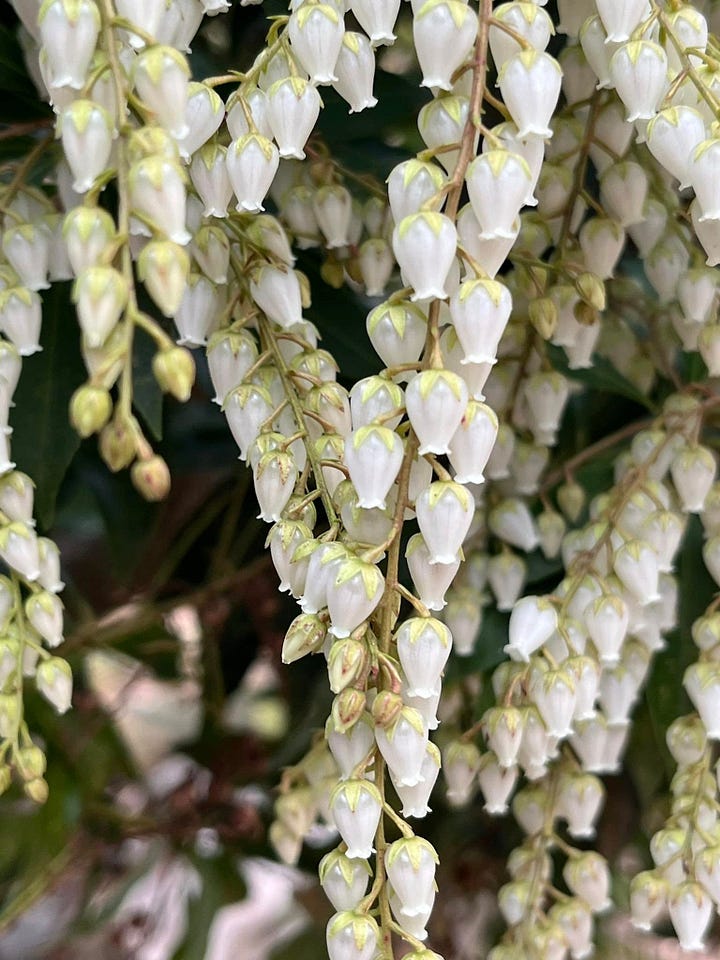
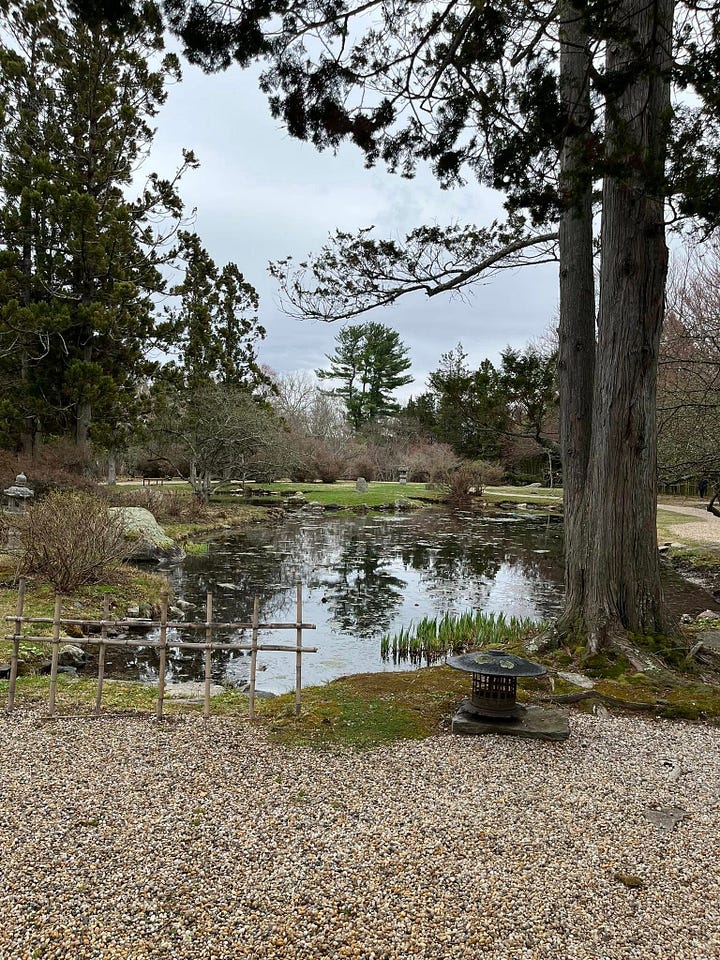
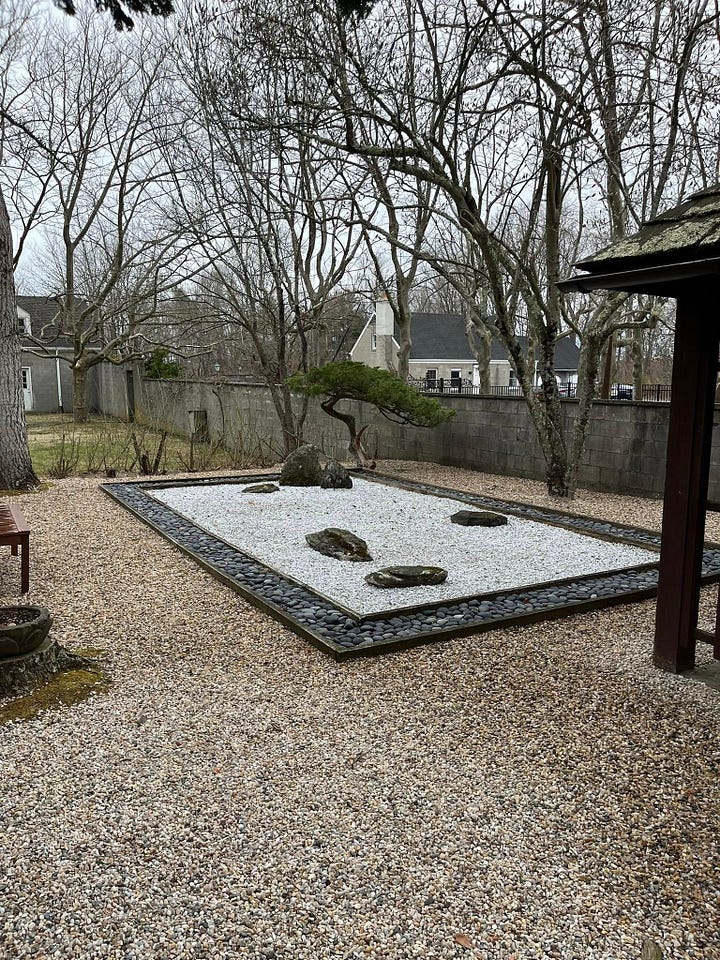
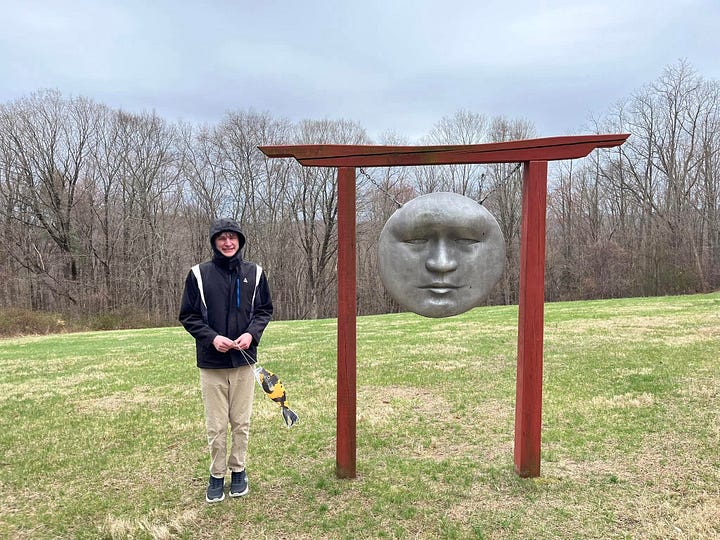
It was raining, and nothing much was blooming yet.
The museum and garden used to be the estate of Natalie Hays Hammond, an heiress, who used her money to collect and build to her own tastes… not to authenticity. It’s the American way!
While she did her own thing without checking too deeply what the Japanese (or Chinese… yeah, she mixed things up) did, those who control the museum and grounds now are doing a mix of using the trees she originally had planted and getting real experts to maintain the gardens better. The exhibits are more authentic now, and they get current artists involved.
The Pale Horse
This week’s read was Agatha Christie’s The Pale Horse, which pulls on several themes she has used in multiple other plots, but there is a twist not used elsewhere… but I believe I have written/talked about the twist twice before (but not necessarily referring to this book.)
I know it’s a bit rich trying to avoid spoiling a book that’s almost 65 years old, but there ya go.
It’s not as well known as many of her blockbusters - it is weird, having an occult element at its core. Christie liked incorporating aspects of the eerie in many of her books, but they tended not to be in her most famous plots.
This one does not have either Hercule Poirot or Miss Marple, though it is both Poirot- and Marple-adjacent, because it names characters associated with both: Ariadne Oliver (an alter ego for Christie herself, a mystery novelist who is friends w/ Poirot) and Mrs. Dane Calthrop, the vicar’s wife, who is known to Miss Marple. Both Ms. Oliver and Mrs. Calthrop are friends w/ the main character in this novel, Mark Easterbrook.
I saw the Amazon adaptation when it came out in 2020, but Amazon currently packages it up with their Britbox offering. They made some change in adaptation, but did well in casting Rufus Sewell as the main character. He’s striking.
Recently Mortality Elsewhere
I don’t feel like making these standalone mortality posts (for now), but I noticed these recently:
NY Times, 4 Apr 2025: Why Are So Many Young Adults Getting Cancer?
The rates of what is termed early-onset cancer -- cancer diagnosed in those under 50 -- are rising. While the overall numbers remain relatively small, these cancers tend to be aggressive. The average person reading the headlines about this may wonder how worried to be and what, if anything, they can do to diminish their risk.
These questions come at a precarious time for science. There is a troubling possibility that the amount and quality of American research will decline over the next four years. But it seems early-onset cancer is an arena in which the interests of the health secretary, Robert F. Kennedy Jr., align with scientific priorities. After all, this is about chronic illness that may be at least somewhat linked to consumption of ultra-processed foods and an unhealthy lifestyle. If Mr. Kennedy truly wants to make America healthy again, perhaps he should forgo pointless investigations into whether vaccines cause autism, and focus here instead.
Here's what we know: Rising cancer diagnoses among younger adults are not attributable solely to increased or earlier screening. The increase is widespread across the U.S. population and across different cancer types, which suggests that the trend is related to what Dr. Shuji Ogino, a pathologist and epidemiologist at Brigham and Women's Hospital, calls "societal exposure over decades." That is to say, we are all being exposed to factors that are increasing our cancer risk, not just at one point in time, but repeatedly over years.
As a result, Dr. Ogino's research shows that each successive generation is more likely to be diagnosed with cancer at a younger age than the one before it. So I am more likely to have a cancer diagnosis in my 40s than my parents were in their 40s.
I mentioned this last year in a series of posts on cancer mortality (as opposed to incidence):
Apr 2024: Cancer Trends among Young Adults: An Issue of Rates and Types
March 2024: Colorectal Cancer: Top Cancer With Concerning Trend in Younger Ages
Feb 2024: Cancer Death Rates by Race/Ethnicity, U.S. 1968-2023
Feb 2024: Cancer Death Rates by Age and Gender for the U.S., 1968-2023
Death rates have generally been improving, but specific types do have concerning trends. Through the pandemic, there have been some small increases in rates at younger ages:
I will be returning later.
Separately, Cremieux has found the “Blue Zone” story has kept popping up lately. You know the one — where places with bad record-keeping, high poverty with big incentives (and little prevention) for fraud, lead to impressive claims of longevity?
Cremieux’s piece:
Remember, kids, the secret to long life is to lie about your age!
My podcast episodes:
January 2024:
The Sentinel Effect, Centenarians, and Pension Fraud
I cover how some people live to a grand old age — by lying about it! And why do they do that? For the money, of course! The sentinel effect, though, can prevent this from occurring. Looking at the case of the oldest man in Japan who had been dead for 30 years and more.
September 2024:
Ig Nobel 2024 Winner: The Secret to Long Life is Lying About Your Age...Or Not Reporting Your Death
A jokey prize ceremony has some serious points — Saul Justin Newman’s research on places with supposedly large numbers of supercentenarians won a 2024 Ig Nobel Prize for demography. I’ve covered his work before, in 2019 and this very year.
Enjoy!

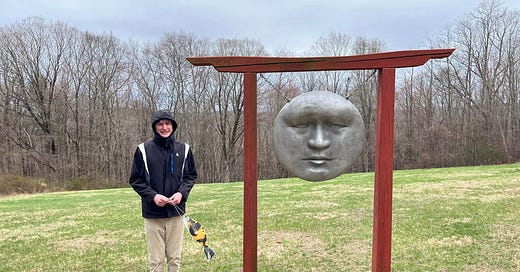


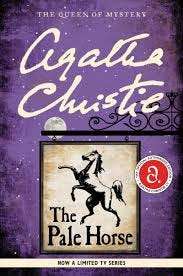



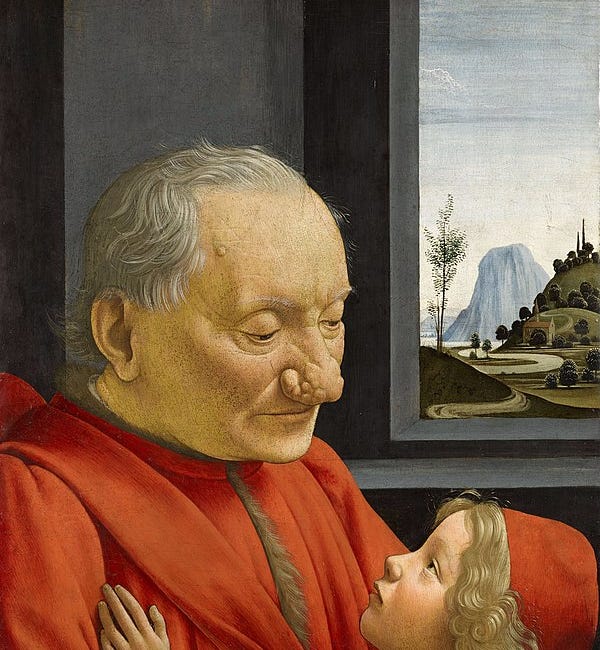

I saw the "X" post and immediately thought of you! Ha ha ha another blue zone!